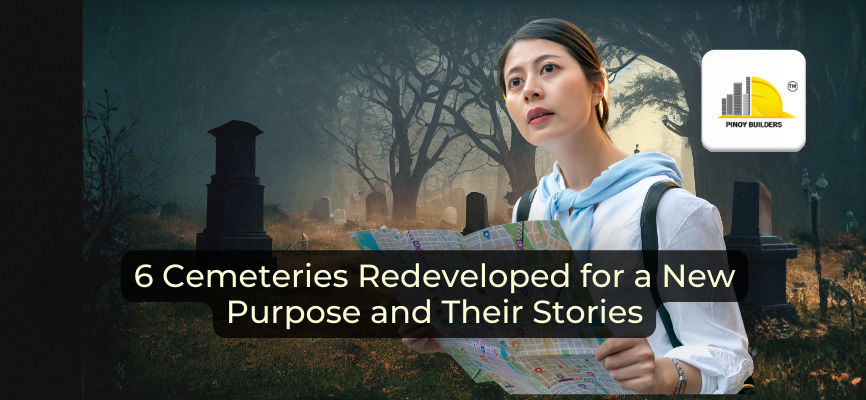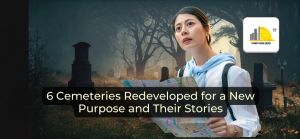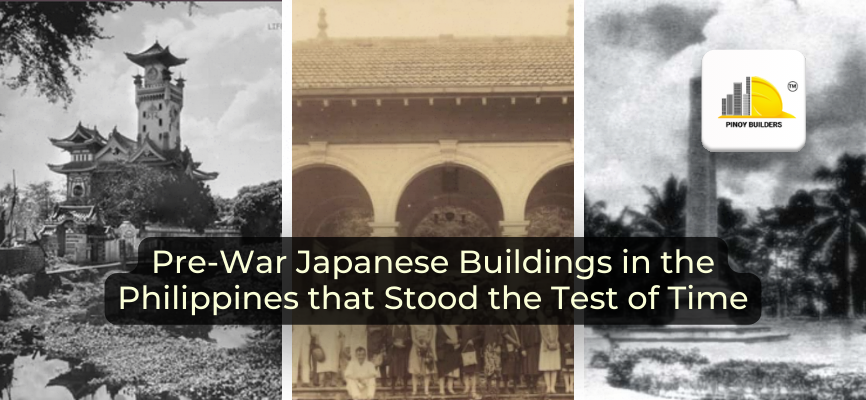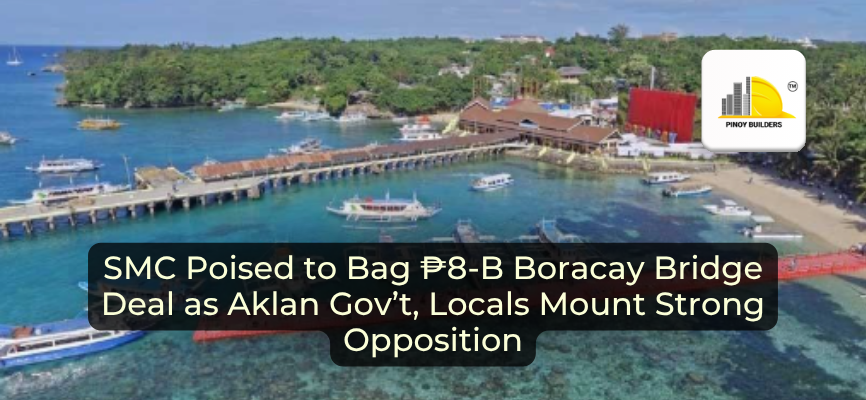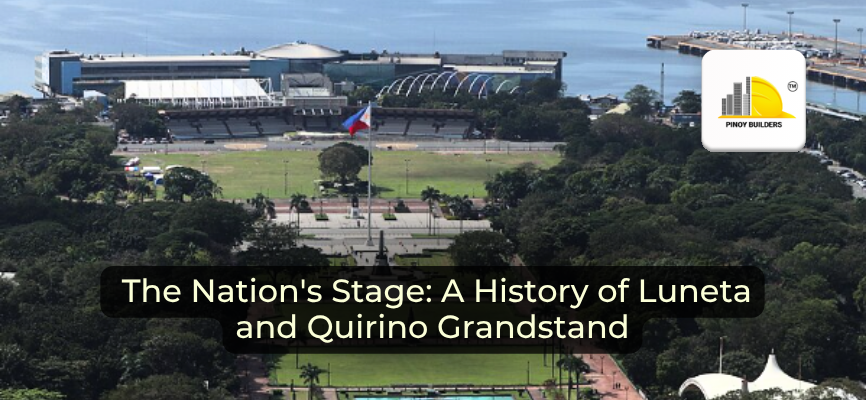Undas sparks a familiar mix of nostalgia, curiosity, and excitement across the Philippines. Families light candles, visit cemeteries, and share stories that bring old memories back to life. But after the long weekend wraps up, the spooky vibe tends to stay, along with our love for mystery and the unexplainable.
Many places that feel completely ordinary today have a past that we are not aware of. And when there is a presence of unease, our minds often think of a reason for it. Maybe something happened here, maybe there is a presence wanting to communicate, or maybe you are standing over land where the dearly departed were once laid to rest.
In the Philippines, haunted cemeteries are basically part of our folklore. But it is not baseless—it’s rooted in historical facts. Many cemeteries in the Philippines have been redeveloped to serve another purpose. Old cemeteries, over time, were turned into parks, schools, malls, business hubs, and hangout spots that people walk through every day, unaware that the ground beneath once held a very different purpose.
Undas might only last for a day, but that doesn’t mean we can’t continue to indulge in the spookiness of these places. In this article, let’s take a look at six places in the Philippines that started as burial grounds and now stand as new structures with stories worth telling.
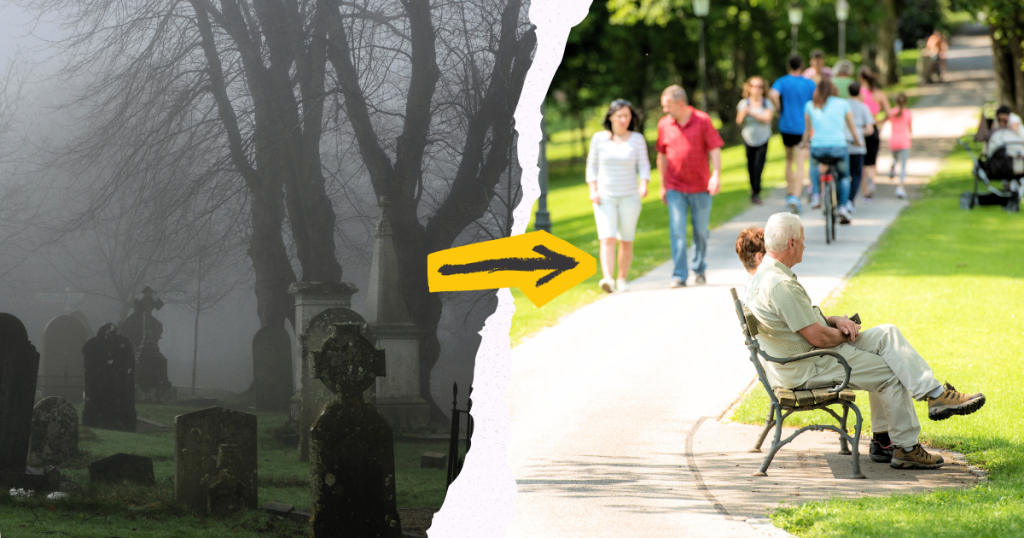
6 Haunted Cemeteries Redeveloped for a New Purpose
1. Paco Cemetery to Paco Park
For many people, Paco Park is a favorite spot for dates, sunset photos, and mini concerts. But what many do not realize is that this peaceful space has a history that gives many people the creeps: it was once a space for the dead.
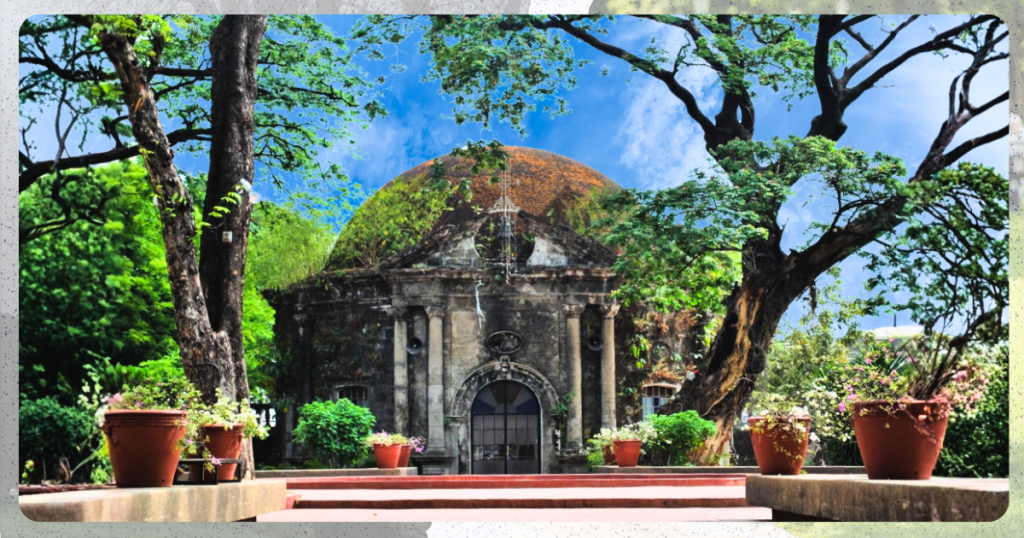
Historical Background
Inaugurated in 1822 during the Spanish colonial period, Paco Cemetery was originally called Cementerio General de Dilao, intended for Filipino and Spanish aristocrats. However, due to the cholera outbreak that occurred in 1820, it was used 2 years before its inauguration and became the resting place for those who perished due to the illness.
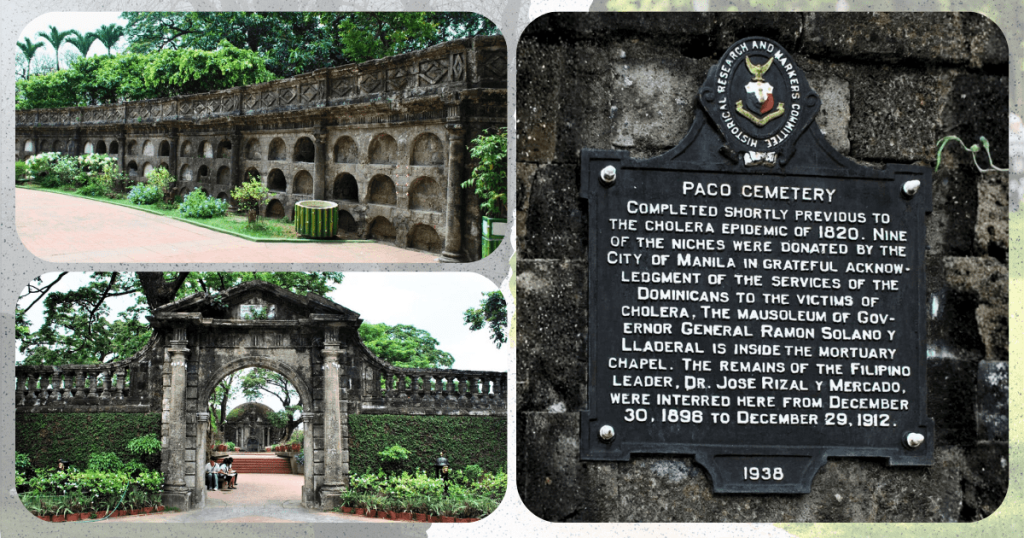
Stories tell of unmarked graves in the area due to the need to bury a large number of cholera victims. This has become the source of many spooky tales about the famous cemetery.
Aside from the unmarked graves, the cemetery is also known for holding the remains of several national heroes, such as the three priests of Gomburza and Jose Rizal.
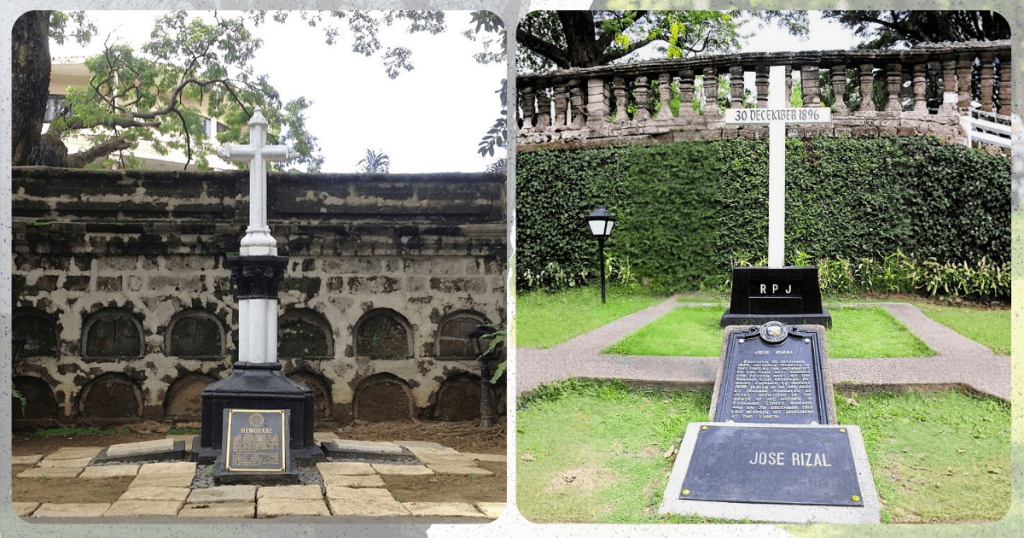
While the latter was only buried in the cemetery temporarily, a marker for his first burial site in the park still stands, showing the reverse of his initials ‘RPJ’ that was used to hide the location from the Spaniards.
The Spooky Tales
Today, Paco Cemetery lives on as Paco Park, yet its past continues to echo through stories shared by locals, guards, and visitors. One well-known tale comes from a park supervisor who once took a nap under a santol tree. According to his account, he felt someone pull at his blanket as if someone was trying to disturb his sleep, even though he was completely alone.
Another story involves a security guard who heard a whisper saying “1907 Margarita Miguel” while he was resting. He claimed that he saw the ghost of a bride soon after. Curiosity led him to look for the name and year he heard, eventually finding it engraved on a lapida inside the park.
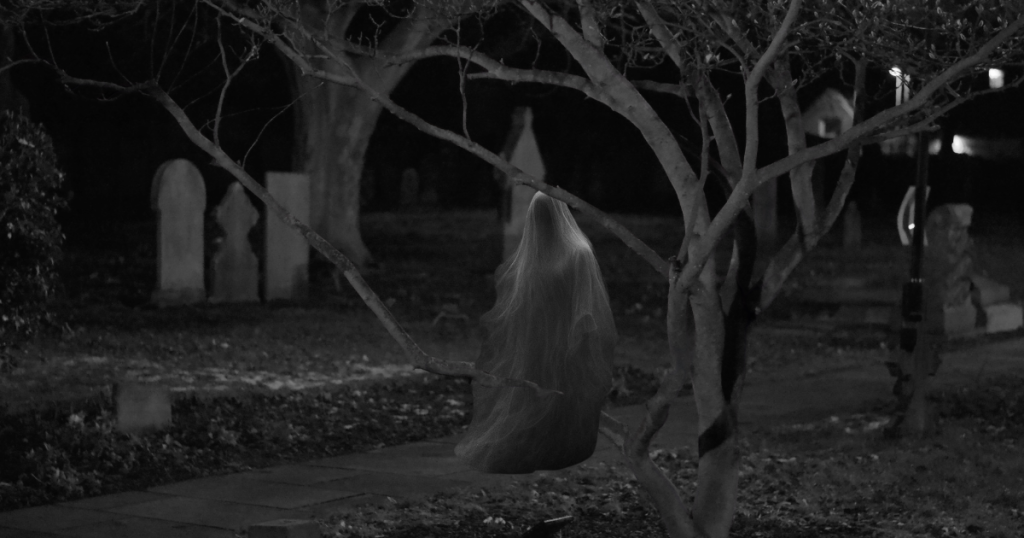
But perhaps one of the eeriest stories is the one that captured evidence. One story comes from a group of kids who were practicing a dance routine in the area. Stories say that once they reviewed their practice video, the figure of a child can be seen running quickly behind them, even though they were sure no one else had been there beforehand.
Truly, Paco Park lives on as an iconic location filled with worthwhile stories to share.
2. Malate Cemetery to Remedios Circle
You may have heard a lot about Remedios Circle, but did you know that this popular nightlife spot was once a cemetery during colonial times?
Long before the bars and the cafés, the space was a quiet and solemn cemetery tied to stories that still unsettle those who know its past.
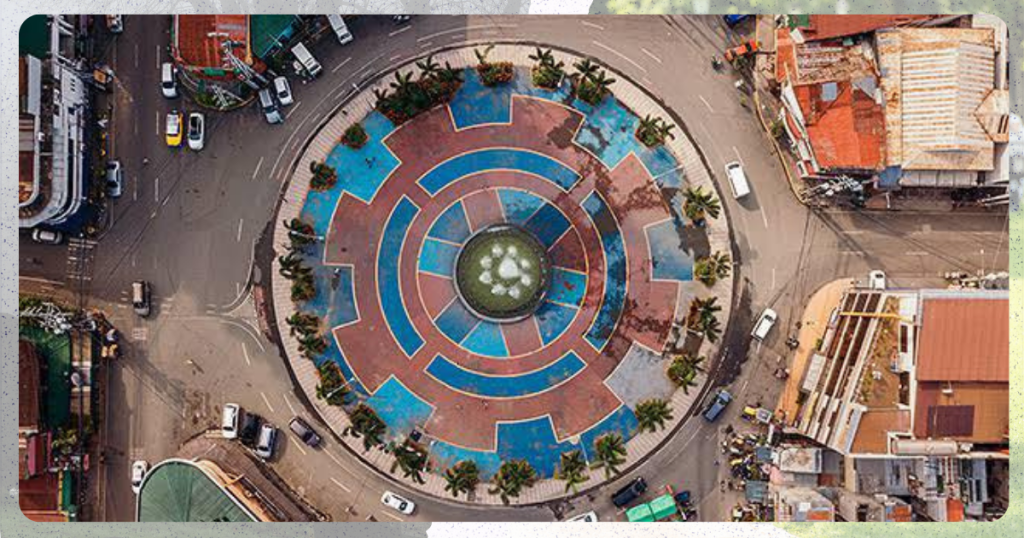
Historical Background
Established during the 1800s, the circle was then called Plaza de la Virgen de los Remedios and followed a circular plan near the Nuestra Señora de los Remedios Parish Church. The cemetery itself was decommissioned during the 1920s and was destroyed by aerial bombs during the Battle of Manila.
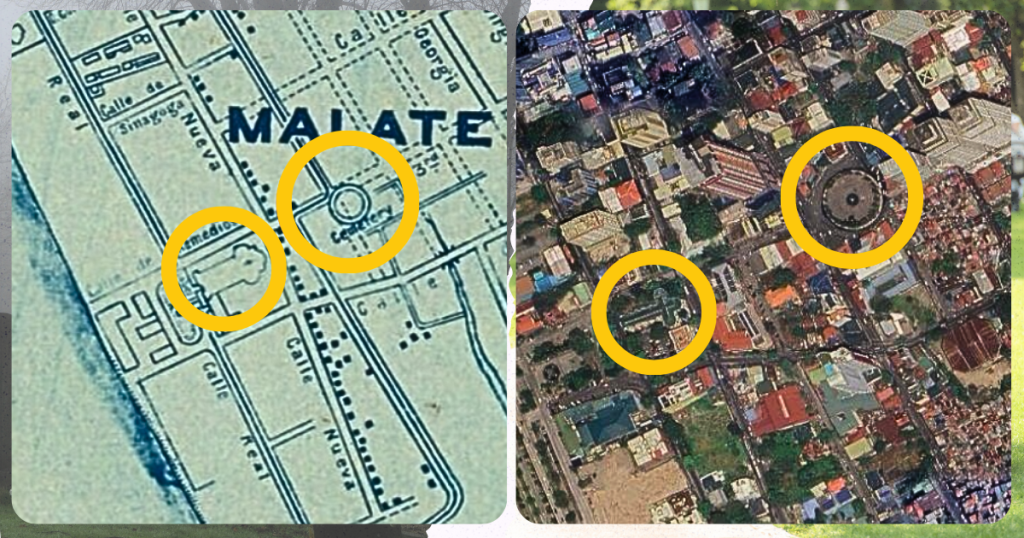
After the war, the bodies in the cemetery were reinterred at the Manila South Cemetery. This caused the area to fall into a period of neglect and disorder until popular restaurateur Larry Cruz opened Café Adriatico in the 80s. His establishment brought new energy to the area, encouraging more businesses to open and gradually shaping the lively dining and nightlife scene we now know today.
The Spooky Tales
Stories of hauntings at Remedios Circle have circulated for decades, although there are no documented paranormal investigations from verified accounts. What’s worth mentioning is that some locals and writers actively imagine that spirits still linger under or around the circle’s ground.
For instance, in a literary piece, a writer reflects on how “ghosts inhabit the intersections of Jorge Bocobo and Adriatico Streets,” which are the very streets around the circle. Certainly, despite the lack of documented investigations, some locals and believers still consider the space haunted, with tales passed along by word of mouth from friends, family, and passing strangers.
What we can say is that in the 21st century, Remedios Circle has become recognized in ghost‑tourism and heritage-writing circles as a place with a haunted past, due both to its history as a cemetery and its wartime significance. Yet, the lack of detailed, widely published ghost narratives can make some people feel skeptical about the location. Still, ghost stories are often better felt than simply read. So the next time you want to feel a little spooked, go visit the circle and talk to the locals. And make sure those locals don’t pass through walls!
3. Ermita Cemetery to Harrison Plaza
Before its closure, Harrison Plaza was one of Manila’s busiest shopping centers—a place families visited for errands, dining, and weekend strolls. But beneath the lively mall was a history few residents knew: the entire complex is standing on top of the old Ermita Cemetery.
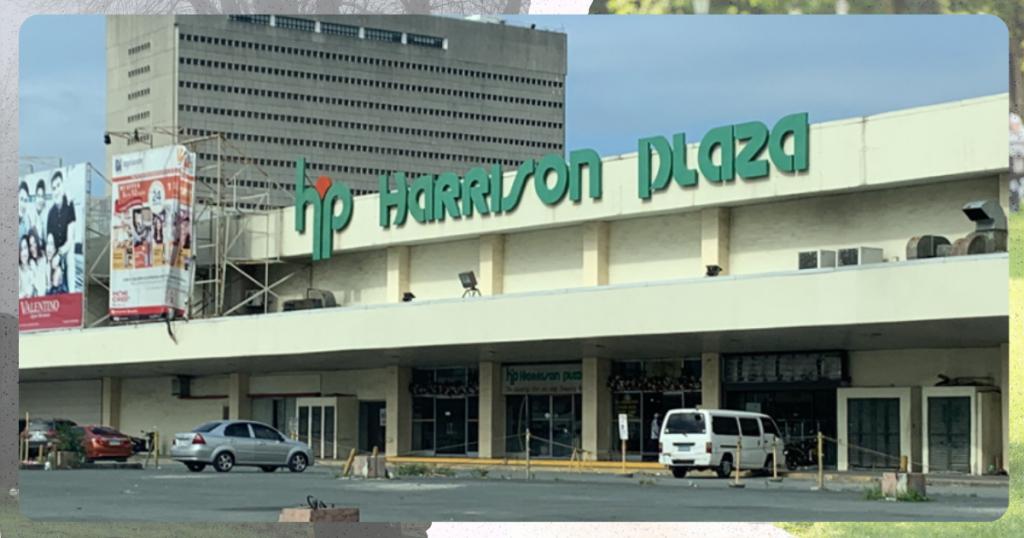
Historical Background
During the Spanish period, the Ermita Cemetery, also known as Maytubig American and Native Cemetery, served as one of the area’s main burial grounds. Its location near Fort San Antonio Abad made it a significant resting place for residents long before Ermita transformed into a commercial hub.
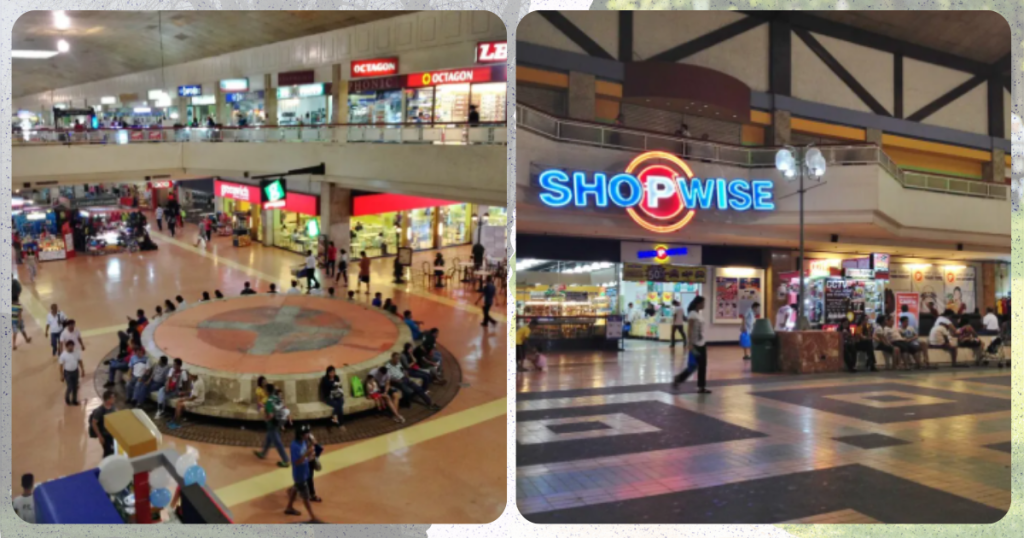
In 1976, Harrison Plaza opened. It was considered a historic shopping mall because it was the first fully air-conditioned mall in the Philippines. After decades of operation, it permanently closed on December 31, 2019. SM Prime Holdings is now redeveloping the site into a new mixed-use complex called SM Harrison Park, projected to open in 2027.
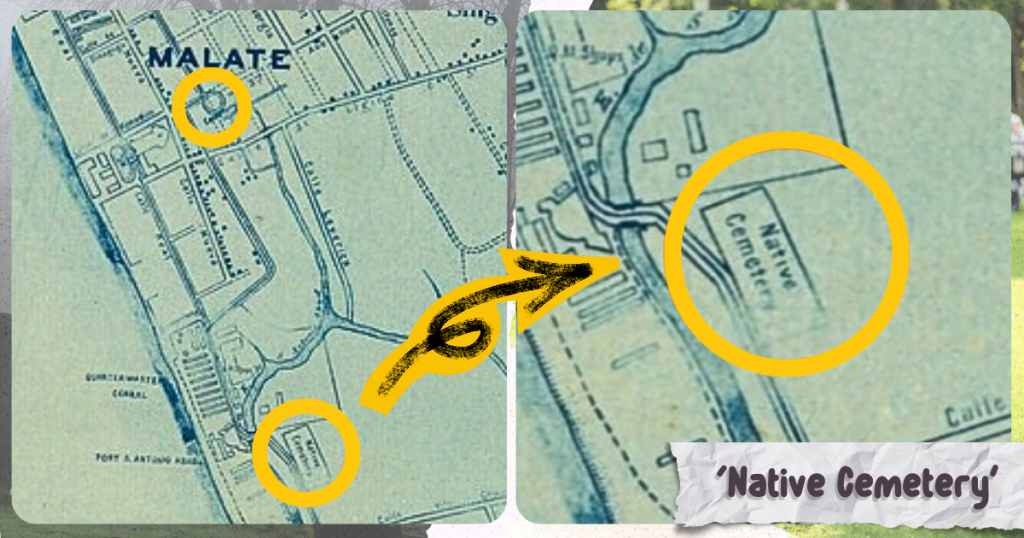
World War II changed the city drastically. Much of Ermita was destroyed during the liberation of Manila, and the cemetery (which was already old at that time—consider that!) became part of the war-torn landscape. By the time the area was redeveloped decades later, the burial grounds had been cleared, and Harrison Plaza was built. The Plaza was inaugurated in the 1970s and operated for nearly five decades.
The Spooky Tales
Rumors have long circulated about what the development might have unearthed (or failed to remove) during construction. Many believe that the mall’s foundations were built over graves that may not have been fully exhumed. And we all know that stuff is basically the blueprint for popular Filipino ghost stories.
There are also recounted tales from locals who have seen the apparition of a Paulist nun wandering near the area where her decomposed body was allegedly found in a barrel after WWII. According to stories, she can be seen at windows or quietly passing through yards with a strong, unsettling aura.
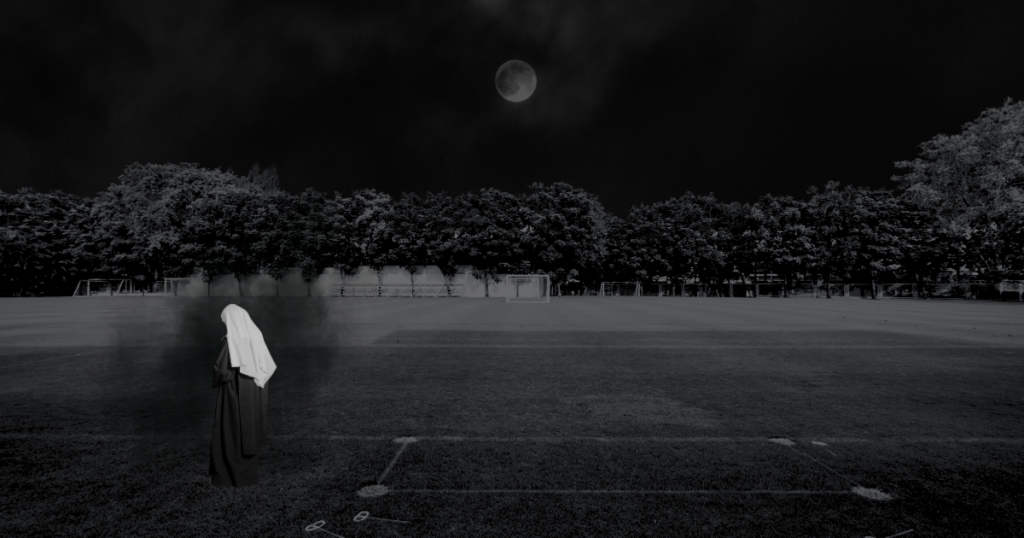
Beyond the cemetery itself, the entire Ermita district carries a reputation for being haunted due to its violent history during WWII. Massacres, bombings, and the destruction of homes and churches still make up most of its historical stories. Because of this, paranormal tours often highlight Ermita as one of Manila’s “heaviest” areas, spiritually speaking.
One unsettling story from the Ermita–Malate area describes a student bathing in a communal dorm bathroom when she suddenly felt two drops of fresh blood fall on her shoulder and foot. The writer who shared the story linked the incident to the lingering spirits in the district’s older structures that are standing on land shaped by tragedy and may still be filled with unrest.
4. Balic-Balic Cemetery to Holy Trinity Academy
Anybody who attended high school in the Philippines has probably heard at some point in their student life that their school was built on old cemetery grounds. Of course, many of us now know that it was just another urban legend spread by excited kids who wanted to creep out their friends, but that is certainly not the case for students in Holy Trinity Academy in Sampaloc, Manila.
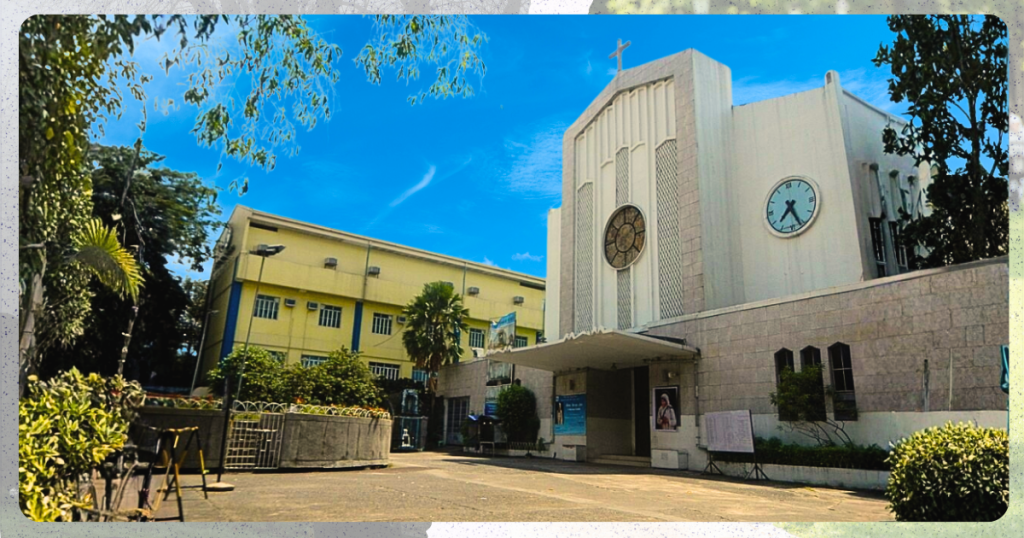
For many Holy Trinity students, their school is a place of daily routines, classes, campus memories, and unmistakably creepy experiences. This is because long before it echoed with the noise of students, the area held a much quieter and far eerier purpose. The grounds were once the site of Cementerio de Balic-Balic, a burial site dating back to the early 1900s.
Historical Background
Officially closed its gates in 1913, the Cementerio Balic-Balic was established during the late Spanish to early American colonial period. While it served as a local burial ground, its exact beginnings are sparsely documented today. What is known from historical research is that the cemetery catered to nearby communities and residents at that time whose Manila’s urban expansion had not yet reached.
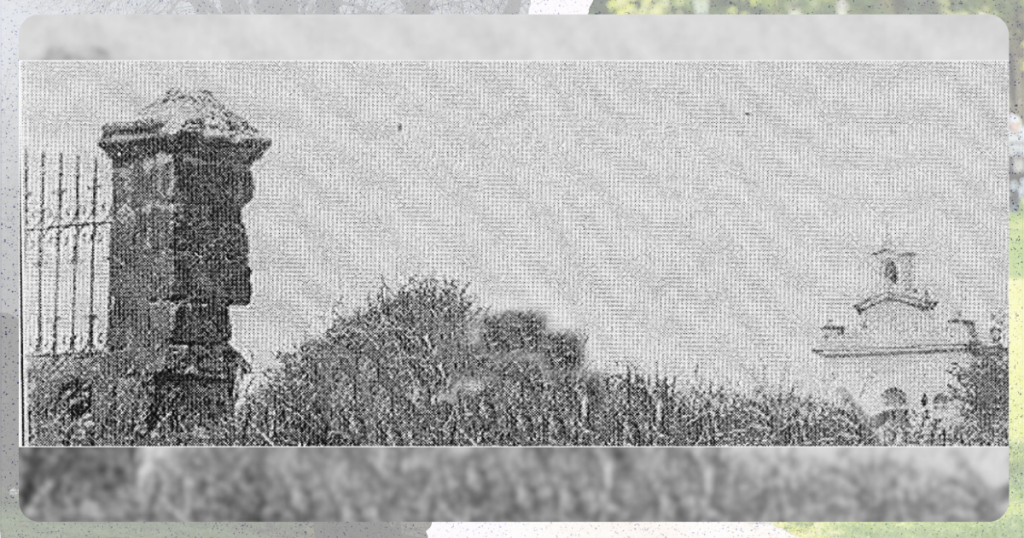
When the cemetery was closed and later transformed, not all remains were disinterred. But interestingly enough, there are no visible tombstones, niches, or cemetery gates left on the campus today to be documented or catalogued.
The Spooky Tales
Because many bodies were never exhumed, residents and parishioners often speculate that the dead remain beneath the present-day structures. Some researchers report the existence of oral ghost stories passed down through parish workshops and long-time residents. Some claim to have seen old skeletal remains during early construction phases, as well as an occasional ghostly apparition on the former cemetery grounds. Note that these stories survive not through official documentation but through the community’s memory.
Other rumors that circulate tell stories of unexplained sounds after dark, cold spots in certain school hallways, and that lingering feeling of “someone watching”. That’s always a spine-tingling experience. Props to the students who had to deal with both homework and restless spirits.
5. Alabang Cemetery to Starmall Alabang to The Terminal
The now redeveloped The Terminal in Alabang was once a busy, bustling mall called Starmall Alabang, a.k.a. Metropolis Star. But did you know that before it became a modern commercial space and mall area, it once served a more solemn purpose?
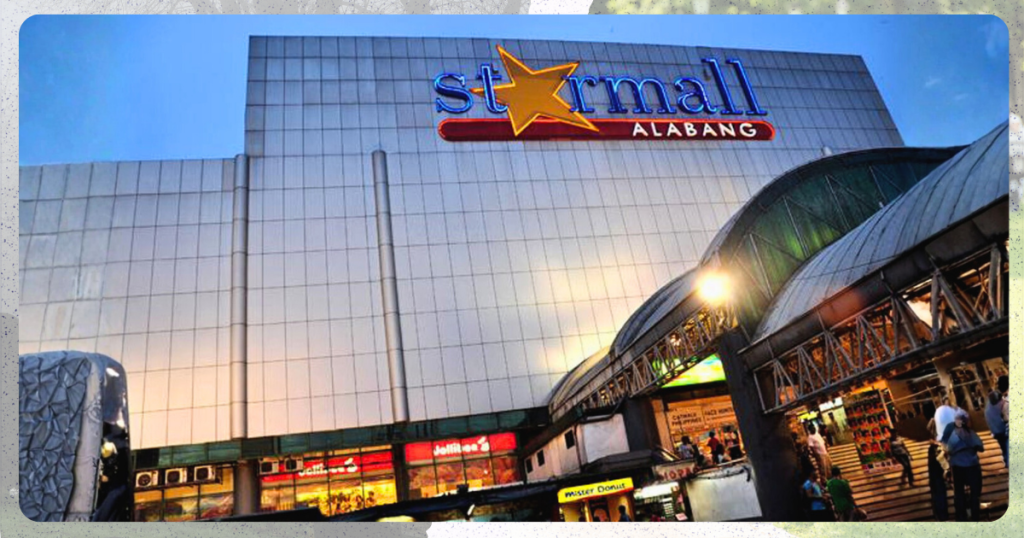
Historical Background
Before its transformation into Starmall in 1998, the site was home to Alabang Cemetery, the designated burial ground for residents of Muntinlupa and nearby barangays. As the population grew and commercial projects expanded across the south, the cemetery was eventually closed and redeveloped.

However, just as many urban legends about previous cemeteries go, not all remains were properly exhumed during construction. After the January 2022 fire that consumed around 80% of the mall’s property, the mall was completely closed and then later reopened as Vista Terminal Exchange (VTX), which is a widely used PUV terminal in Muntinlupa.
The Spooky Tales
One Reddit user claims to have heard a story about construction workers who saw strange sights and unexplained sensations while the mall was being built. Phantom children were seen running around the areas that are not open to the public, laughing and playing around unsuspecting construction workers.
Another story, and perhaps one of the most widely circulated urban legends about Starmall, tells of a couple who watched a movie in one of the cinemas. The theater seemed packed with people laughing, clapping, and reacting to scenes. But when the lights came on, the couple realized they were the only ones inside. Many believe the “audience” they saw was spirits from the old cemetery, still gathering in the dark.

Reports get a little weird in this area, with stories describing phantom pickpockets inside the mall. Some people tell stories about bags mysteriously opening, wallets or items randomly disappearing, and store shelves losing merchandise with no CCTV explanation. Shopkeepers also claimed they heard noises or saw objects move as if handled by invisible hands. All of these paranormal activities are attributed to the remains rumored to be left and cemented over when the commercial space was constructed.
Probably the most bizarre ghost story yet? Apart from feeling cold touches on their arms, or someone pushing behind them even when they’re alone, some spooky stories tell of ghostly intimate touches, such as experiencing a sensation of receiving a “kiss” in rather empty areas. Very unsettling, indeed.
6. Chinese/Carreta Cemetery to a Heritage Park (planned)
In 2023, the Cebu City government held a groundbreaking ceremony to transform the Carreta Cemetery into a ₱100-million heritage park. As one of the largest public cemeteries in Cebu City, it is estimated that millions of people have been laid to rest in this historical area.

While plans are underway to turn the area into a recreational space, locals know the significance of its history. Its eerie atmosphere and stories of paranormal activity are unlikely to be erased by modernization anytime soon.
Historical Background
The Carreta Cemetery has long-standing significance in the Visayas region. While there is a lack of verified sources that state exactly when the cemetery was established, some sources say it was built around the turn of the 20th century, around 1906.
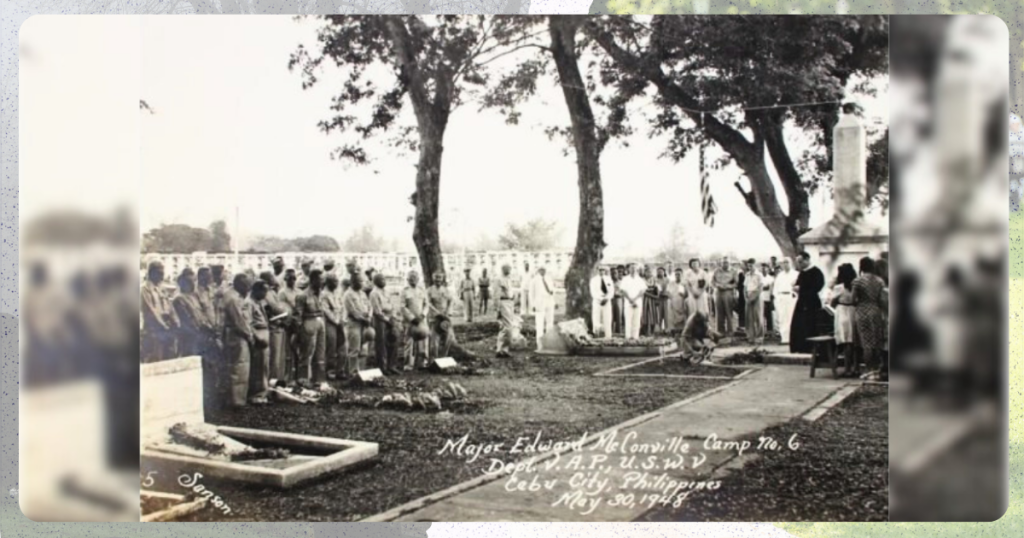
The cemetery includes tombs and mausoleums that reflect its use by multiple communities in the area, most prominently, the Filipino-American community. However, as time went on, the cemetery expanded, and the space became more associated with multi-level tombs due to the growing number of people buried there.
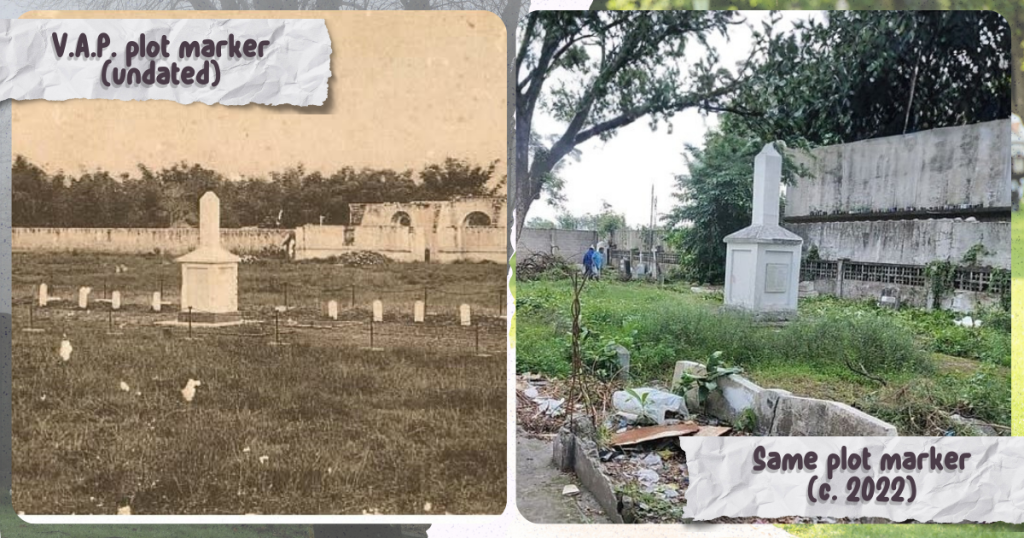
Extreme poverty in the area became a troubling issue for the local government as well. Informal settlers moved into old mausoleums and lived in proximity to the graves, which became an issue of health, safety, and dignity to those who had to resort to living within the cemetery in the hopes of putting a roof over their heads.
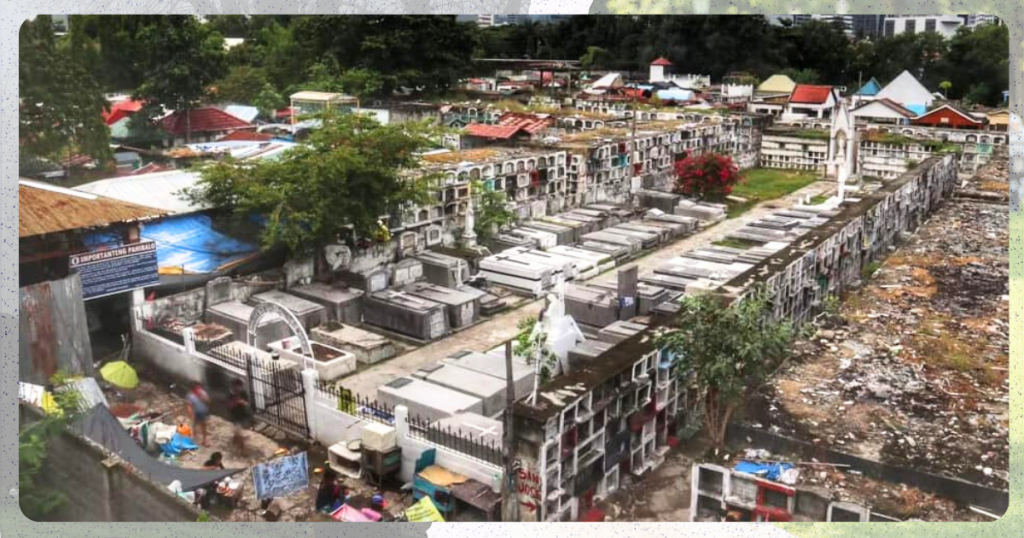
The Spooky Tales
One of the biggest reasons why many feel uneasy in the cemetery is due to the imposing existence of the “common grave,” which served as a storage for the bones of those who were never claimed by their family. These bones are stored in sacks and identified only by the name written on the bag, adding to the site’s unsettling reputation.
Because many people lived within the cemetery, it couldn’t be helped that some encountered disturbing experiences. One of the most popular scary stories comes from a settler who lived in one of the mausoleums. The story goes that one evening, she noticed a figure gliding silently across the grounds of the cemetery. Taking a closer look, it was revealed to be a white lady walking around aimlessly in the cemetery as if in a trance.
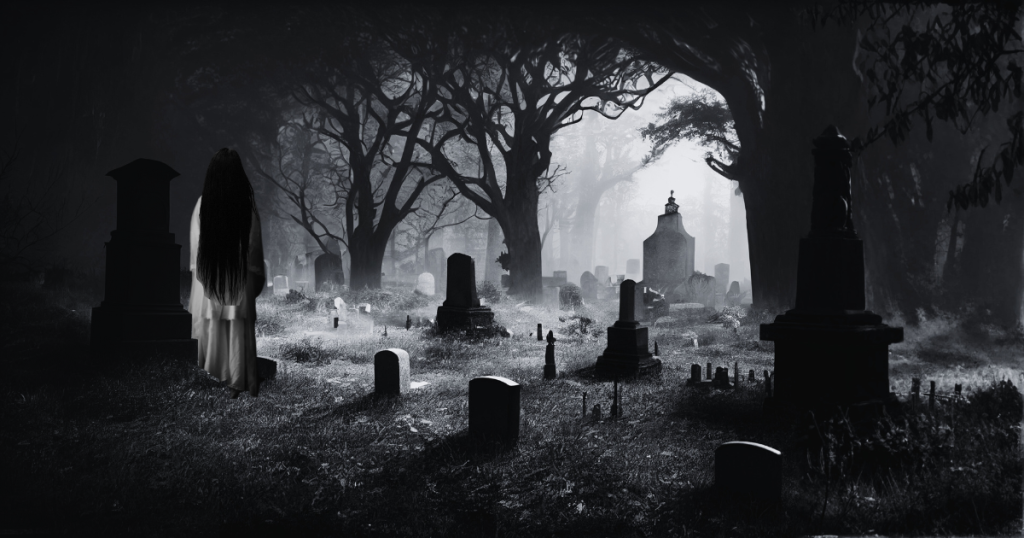
For paranormal enthusiasts, the place is a hotspot. Popular ghost-hunting channel Cebu Ghost Hunters has noted that the cemetery is ‘one of the most haunted.’ In a video published on YouTube, the paranormal investigator toured the cemetery at midnight with a cemetery resident who claimed that people sometimes hear phantom voices (both elderly and childlike) singing ‘Happy Birthday’ near the first set of common graves. Both the resident and the investigators also claimed to have seen an unnaturally tall shadow figure along one of the paths between the graves.
For those who wander here after dark, the stories are more than legends. These stories are fragments of the past that seem intent on clinging to the present. Whatever their reason may be, we might never truly understand.
Ghost Stories Add Thrill, But Respect Matters
Ghost stories definitely add that extra excitement, but it’s important to remember that many of these places aren’t just spooky backdrops for adventure content. Some sites are still private property, others have heritage value, and many families continue to hold deep emotional ties to the land even if it has already been redeveloped.
We love a good scare, but boundaries should still be maintained. Enjoying the creepy lore of these spaces is part of the fun, but mixing curiosity with respect keeps everything in balance. Out of respect for local residents, we should appreciate the history while still being mindful: follow local rules, avoid trespassing, and be considerate when taking photos or creating “content.”
It’s okay to enjoy the goosebumps, just don’t disturb the spirits… or the security guards working in the area.
From Spooky Places to Social Spaces

Urban spaces evolve, and places that once gave people a space for eternal rest now host morning joggers, families, pets, and coffee dates. What used to be whispered about for its shadows and spirits can become a lively community hub. This is proof that cities grow, adapt, and repurpose spaces in ways that blend history with modern life.
So whether you’re visiting for the spook, chasing ghost stories, or simply curious about how cemeteries have transformed, remember: the best adventures are the respectful ones.
References
Alcazaren, P. (2016, October 29). From cemetery to park. Philstar.com. Retrieved November 17, 2025, from https://www.philstar.com/lifestyle/modern-living/2016/10/29/1637508/cemetery-park
Allanegui, J. P. (n.d.). The Malate Tourist. Asiancha. https://www.asiancha.com/content/view/3195/674/
Elliot, T. (n.d.). Paco Park Cemetery. Altas Obscura. https://www.atlasobscura.com/places/paco-park-cemetery
Enriquez, M. C. (n.d.). Laden with layers of history, Paco Park turns 200. Lifestyle iNQ. https://lifestyle.inquirer.net/402848/laden-with-layers-of-history-paco-park-turns-200/
Ordona, J. (n.d.). Soul searching this halloween. Property Report. https://propertyreport.ph/tourism/2021/10/29/23267/soul-searching-this-halloween/
Santos, R. (2013, November 2). Cemetery trivia: What now lies above former burial grounds? Rappler. Retrieved November 17, 2025, from https://www.rappler.com/newsbreak/iq/42751-cemetery-trivia-former-burial-grounds/
Tewell, J. (2025, August 16). Tucked within the quiet grounds of Paco Park lies a piece of history. Facebook | National Parks Development Committee. Retrieved November 14, 2025, from https://www.facebook.com/NPDC.PH/posts/tucked-within-the-quiet-grounds-of-paco-park-lies-a-piece-of-historythe-first-bu/1089735623350241/
Wikipedia. (n.d.). Remedios Circle. Wikipedia. Retrieved November 17, 2025, from https://en.wikipedia.org/wiki/Remedios_Circle
WordPress. (n.d.). Historical Landmarks In Paco Manila, Philippines. WordPress. https://historicalpaco.blogspot.com/2015/08/paco-park-cemetery.htmll


